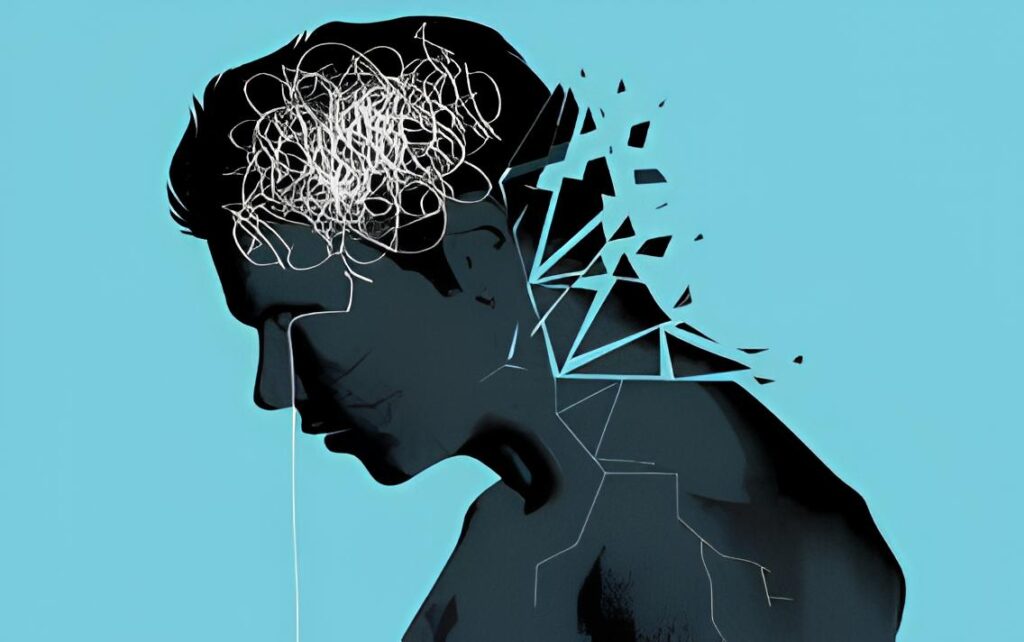Fear is a powerful and complex survival response involving many parts of the body, especially the brain, nervous system, hormones, and autonomic nervous system.
🧠 1. How the brain processes fear
a. Amygdala:
- The center of emotional processing, especially fear.
- When a threat is detected, the amygdala is immediately activated to assess the danger.
b. Prefrontal Cortex:
- Analyzes the situation and helps decide whether the threat is real.
- In strong fear or panic, this part is suppressed, making you act instinctively rather than rationally.
c. Hypothalamus:
- Commands the autonomic nervous system and triggers biological responses (like fight or flight).
🔁 2. Nervous system response
a. Sympathetic Nervous System:
- Activates the “Fight or Flight” response.
- Increases heart rate, blood pressure, breathing rate, dilates pupils, tightens muscles.
- Blood flows to limbs to prepare for quick action.
b. Parasympathetic Nervous System:
- Calms the body after the threat passes and restores balance.
💉 3. Hormones involved
a. Adrenaline (Epinephrine):
- Immediate reaction: increases heart rate, blood pressure, boosts energy.
- Makes you alert and react faster.
b. Cortisol:
- Stress hormone, helps maintain energy over longer periods.
- Chronic high cortisol from prolonged fear can damage health (sleep problems, high blood pressure, weak immunity…).
⚙️ 4. Physical signs of fear
- Rapid, strong heartbeat
- Fast or shallow breathing
- Sweating (especially palms)
- Trembling
- Muscle tension (especially neck and shoulders)
- “Butterflies” in the stomach or nausea
- Cold hands and feet (blood pulled to core)
🧠✨ Summary
Fear is a vital survival response that helps humans avoid danger. However, if fear becomes chronic or irrational, it can negatively affect both physical and mental health.


ARTICLES IN THE SAME CATEGORY
BILLIONAIRE DROPOUTS. A POLISHED MYTH AND A SWEET DECEPTION FOR THOSE WITHOUT PRIVILEGE
Why Does War Always Erupt in Human Society?
THE JOURNEY OF LIBERATION AND THE PARADOX OF LETTING GO OF GREED, ANGER, AND IGNORANCE
TODAY’S CHARITY: THE BRIGHT SIDE, THE DARK SIDE, AND THE ROOT CAUSES.
The Buddha’s Teachings on Generosity (Dāna): Wholesome Deeds, A Kind Heart, and the Confused Context of the Dharma-Ending Age
“Not Gambling Is Victory”: Reflections from Those Who Awaken at the End of the Dark Tunnel
ARTICLES IN THE SAME GENRE
Why Does War Always Erupt in Human Society?
Religious Faith: Good, Evil, and the Journey from Enlightenment to Fanaticism
What to Note about “Apocalypse,” “Degenerate Dharma,” and Prophetic Culture
The Dark Side of the Internet and the Spread of Harmful Information
Classification of your fears to help you overcome each one.
Understand fear to overcome fear